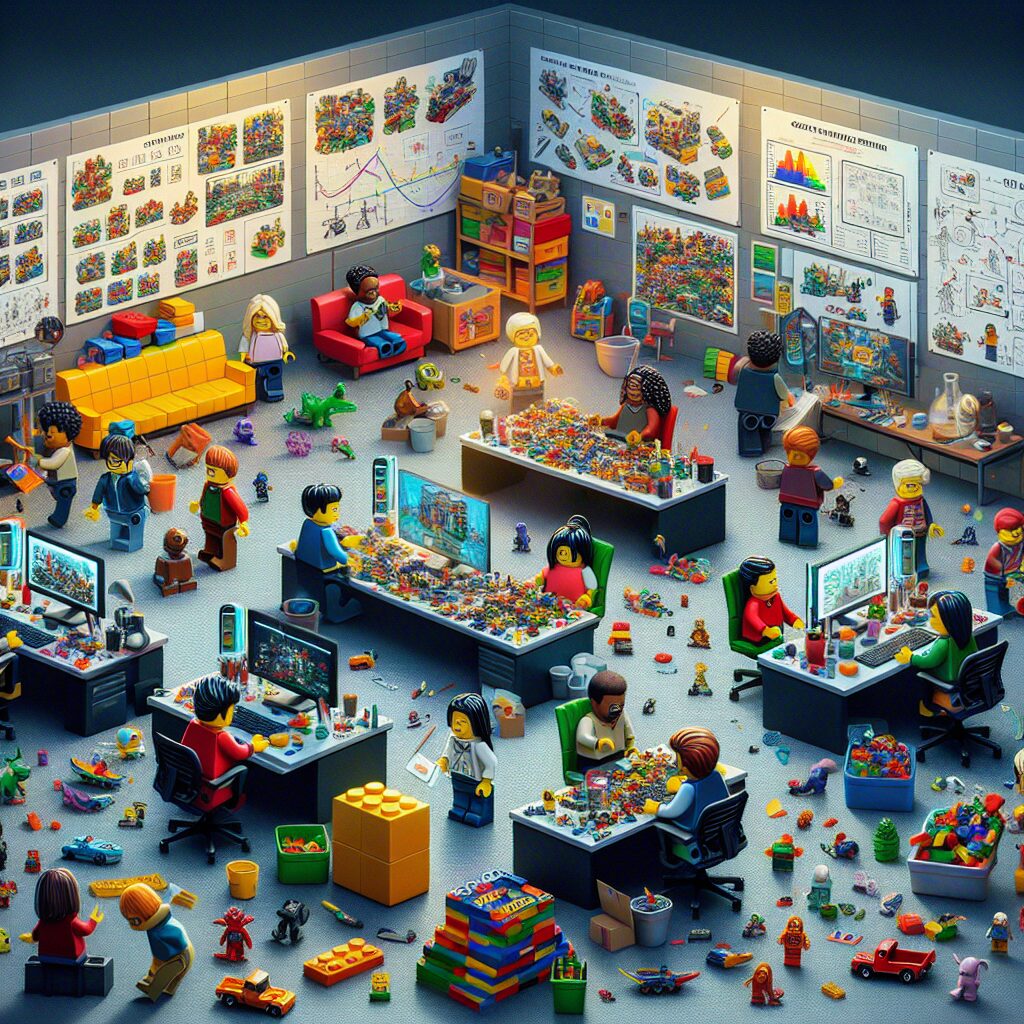“Brick by Brick.” That’s how Lego, a brand synonymous with creativity and hands-on fun, is advancing its footing in the domain of in-house game development. As reported by Eurogamer, Lego is taking a bold new step, shaking up the status quo, and stepping into the driver’s seat. Rather than outsourcing their digital playgrounds, Lego is generating its own in-house gaming team. But why now? And what could this mean for the future of Lego gaming? Buckle up, and let’s embark on this pixelated journey together.
The decision to bring game development in-house marks a significant pivot in Lego’s strategy. Previously, Lego had outsourced their gaming experiences to external studios, the most notable being the UK-based TT Games, which gifted us with the much-loved Lego Star Wars and Lego Batman franchises. However, with this move, Lego aims to have greater control over the creative process, essentially shaping their digital worlds with the same care and precision they use in crafting their physical bricks.
What does Lego stand to gain from this? Well, it’s all about vision. By handling game development internally, Lego can ensure their games are not just about brand promotion, but also about delivering a unique, immersive experience that captures the essence of what makes Lego, well, Lego. This shift towards in-house development may just be the masterstroke needed to bring the distinct Lego charm into the digital realm with full force.
But it’s not just about control and vision. There’s also an aspect of sustainability involved. By bringing game development in-house, Lego is cutting down on its dependency on external entities, potentially leading to a more self-sustaining business model. Moreover, this move could also pave the way for more regular game releases, enabling Lego to keep up with the rapid pace of the ever-evolving gaming industry.
Of course, this doesn’t mean that Lego will be completely abandoning collaborations with external studios. In fact, in the announcement, Lego Group’s Chief Product & Marketing Officer, Julia Goldin, stated that the company will continue to collaborate with world-class partners while also growing their internal capabilities. This hybrid model could offer the best of both worlds – the creative freedom of in-house development and the established expertise of external studios.
In the grand scheme of things, this change signals a major evolution not just for Lego, but for the gaming industry as a whole. As more and more brands consider in-house game development, we might be witnessing the dawn of a new era where companies have a more active role in the creation of their digital experiences. It’s a brave new world, and Lego is leading the charge, one brick at a time.
So, here we are, on the cusp of a new age in Lego gaming. With the wheels set in motion, it’s going to be fascinating to see how Lego’s in-house development shapes up. Will it be the game-changer we’re all hoping for? Well, only time will tell. But one thing’s for certain – in the world of Lego, the possibilities are as limitless as a child’s imagination. And that’s an exciting place to be.
